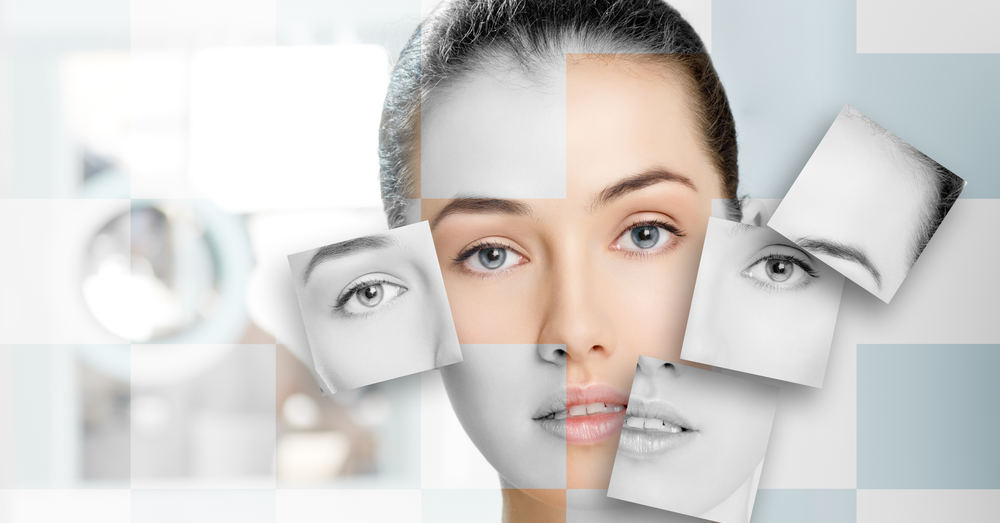Introduction
In the ever-evolving landscape of skincare, photofacial treatments have emerged as a powerful and non-invasive method for achieving radiant and rejuvenated skin. This comprehensive guide explores the science behind photofacials, their diverse applications, and the transformative effects of harnessing the power of light to enhance skin health and beauty.
I. The Science of Photofacials
1.1 Understanding Photofacials
Photofacial, also known as intense pulsed light (IPL) therapy, involves the use of broadband light to target various skin concerns. This non-invasive treatment stimulates collagen production, reduces pigmentation irregularities, and addresses vascular issues. The science behind photofacials lies in the precise targeting of specific chromophores within the skin, allowing for tailored treatments.
1.2 Chromophores and Light Absorption
Chromophores, such as melanin and hemoglobin, absorb light energy at specific wavelengths. In photofacials, the selected wavelengths target these chromophores, generating heat. This heat stimulates collagen synthesis, breaks down pigmented lesions, and coagulates blood vessels, leading to improvements in skin texture, tone, and overall complexion.
II. Applications of Photofacials in Skincare
2.1 Skin Rejuvenation and Anti-Aging
Photofacials are renowned for their skin rejuvenation benefits. By promoting collagen production, the treatment reduces fine lines, wrinkles, and signs of aging. The overall improvement in skin texture results in a more youthful and radiant appearance.
2.2 Pigmentation Correction
The targeted light energy in photofacials addresses pigmentation irregularities, including sunspots, age spots, and freckles. The treatment breaks down excess melanin, leading to a more even skin tone and diminished hyperpigmentation.
2.3 Vascular Lesion Treatment
Photofacials excel in treating vascular lesions such as broken capillaries, spider veins, and rosacea. The selective heating of blood vessels leads to their coagulation, reducing redness and visible vascular issues for a clearer complexion.
III. The Photofacial Procedure: Illuminating Beauty Safely
3.1 Professional Consultation and Skin Assessment
A professional consultation is the initial step in a photofacial journey. Skincare professionals assess the client’s skin type, concerns, and medical history to determine the most suitable treatment parameters. Understanding the unique characteristics of each individual’s skin ensures safe and effective photofacial sessions.
3.2 Customized Treatment Plans
Photofacials offer flexibility in customization, allowing practitioners to tailor treatment plans based on specific skin concerns. Adjusting light energy levels, pulse durations, and wavelengths ensures that each session is optimized for the client’s unique needs, promoting targeted and personalized results.
IV. Considerations and Aftercare for Photofacials
4.1 Sun Protection and Precautions
Prior to and following photofacial sessions, sun protection is crucial. Clients are advised to avoid sun exposure and use sunscreen to protect the treated skin. Practitioners may also recommend specific skincare regimens to enhance and maintain results while minimizing potential side effects.
4.2 Potential Side Effects and Downtime
While photofacials are generally well-tolerated, clients should be aware of potential side effects, including redness, swelling, or temporary darkening of pigmented lesions. Understanding the expected downtime and adhering to post-treatment care guidelines contribute to a positive and successful photofacial experience.
V. Advancements and Future Trends in Photofacials
5.1 Targeted Wavelength Technologies
Advancements in photofacial technologies focus on enhancing precision and efficacy. Targeted wavelength technologies allow for more specific and selective treatment, minimizing the impact on surrounding tissues while maximizing results. This innovation contributes to the ongoing evolution of photofacial treatments.
5.2 Combination Therapies and Multimodal Approaches
As skincare practices become increasingly personalized, the integration of photofacials with other modalities gains prominence. Combining photofacials with procedures like microdermabrasion or chemical peels showcases a multimodal approach, addressing diverse skin concerns comprehensively.
VI. Conclusion
In conclusion, photofacials represent a transformative journey towards radiant and rejuvenated skin through the strategic harnessing of light energy. The science, applications, and considerations of photofacials underscore their effectiveness and versatility in addressing a wide range of skincare concerns. As the field continues to advance, the illumination of beauty through photofacial treatments holds promise for individuals seeking safe, non-invasive, and personalized solutions for their skin health and beauty.

